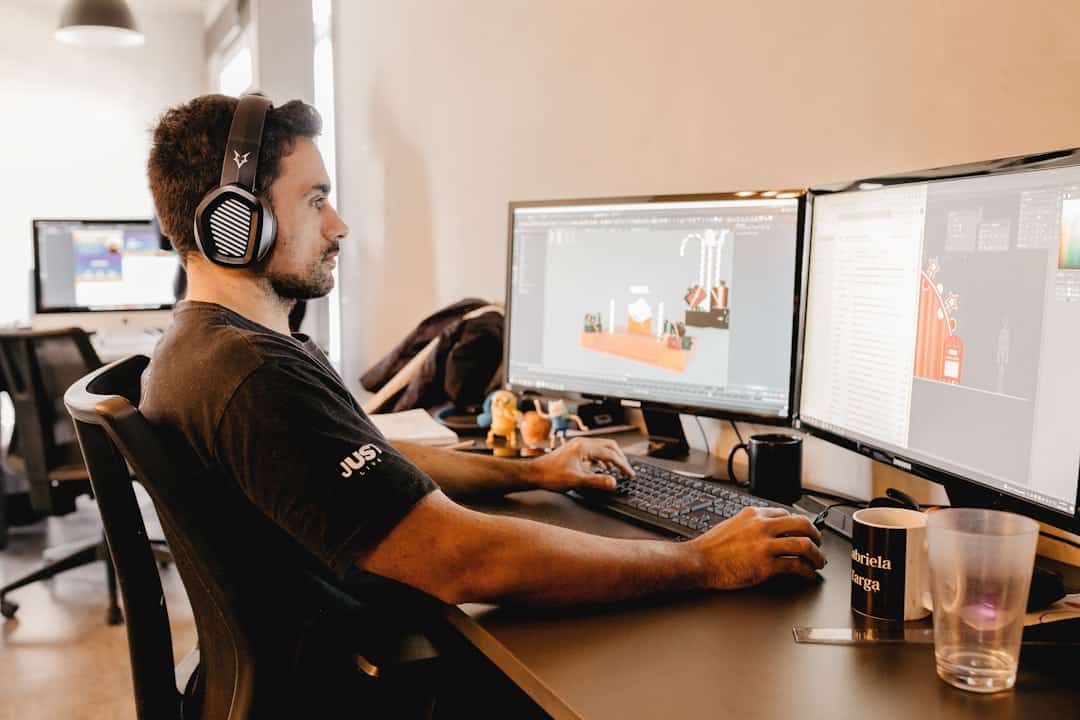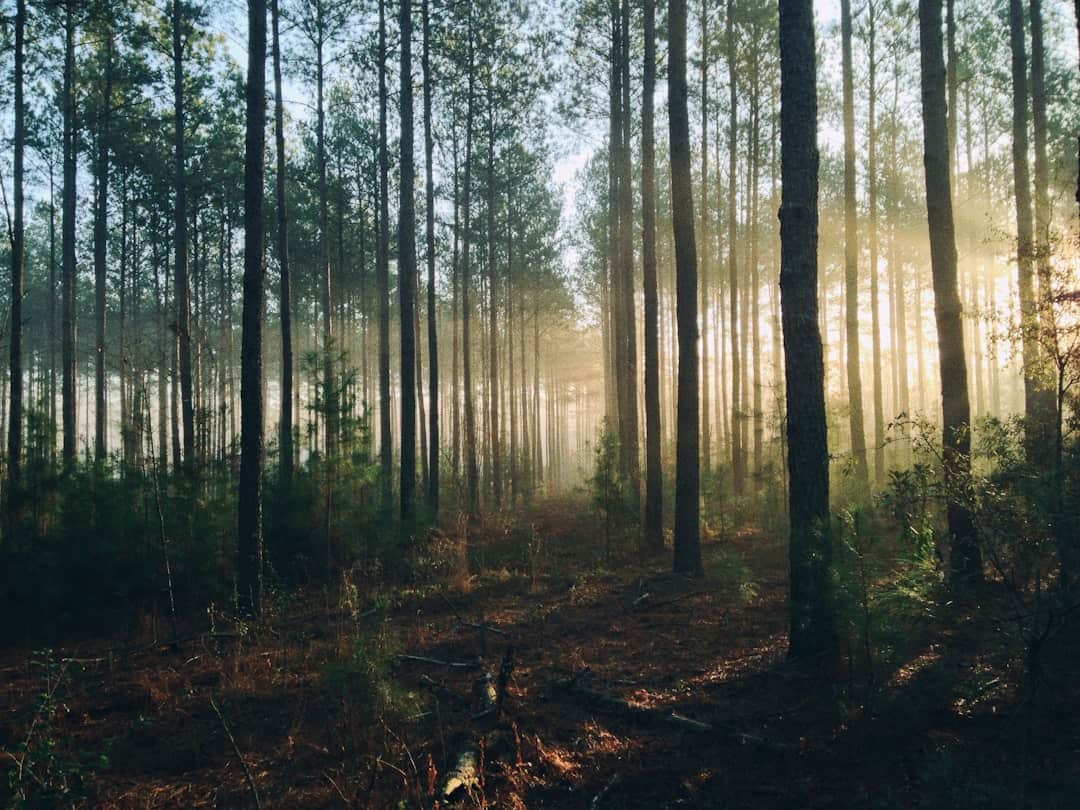The emergence of the metaverse has sparked a transformative revolution in the fashion industry, merging the realms of virtual reality and style in unprecedented ways. This digital universe, characterized by immersive experiences and interactive environments, has opened up new avenues for creativity and expression. Designers are no longer confined to the limitations of physical materials; instead, they can experiment with innovative designs that challenge traditional aesthetics.
The metaverse allows for a boundless exploration of color, texture, and form, enabling fashion creators to push the envelope and redefine what clothing can be. As avatars roam through these virtual landscapes, they become canvases for artistic expression, showcasing garments that may never exist in the physical world. Moreover, the metaverse is democratizing fashion in ways previously unimaginable.
With the ability to create and wear digital clothing, individuals from diverse backgrounds can participate in fashion culture without the barriers of cost or accessibility that often accompany physical garments. This shift not only empowers consumers but also fosters a sense of community among users who share a passion for style. As brands and designers increasingly recognize the potential of this digital frontier, they are beginning to invest in virtual collections and experiences that resonate with a tech-savvy audience.
The intersection of virtual reality and fashion is not merely a trend; it represents a fundamental shift in how we perceive and engage with clothing, paving the way for a future where fashion transcends physical limitations.
Key Takeaways
- The Metaverse is revolutionizing the fashion industry by merging virtual reality and fashion, creating new opportunities for creativity and self-expression.
- Digital clothing offers a sustainable and customizable alternative to traditional fashion, allowing consumers to reduce waste and express their individuality.
- VR fashion shows are redefining entertainment and engagement, offering a spectacular and immersive experience for audiences around the world.
- Virtual-only clothing is reshaping fashion and self-expression, blurring the lines between physical and digital garments.
- The Metaverse Runway showcases the latest trends in digital fashion, offering a glimpse into the future of the fashion industry and consumer behavior.
Digital Clothing: The Future of Sustainable and Customizable Fashion
Digital clothing is emerging as a beacon of sustainability in an industry often criticized for its environmental impact. Traditional fashion production involves significant resource consumption, from water usage to textile waste, contributing to pollution and climate change. In contrast, digital garments eliminate many of these concerns by existing solely in virtual spaces.
This shift not only reduces the carbon footprint associated with manufacturing but also minimizes waste generated by unsold inventory. As consumers become increasingly aware of their environmental impact, the allure of digital clothing grows stronger, offering a guilt-free alternative that aligns with their values. Customization is another compelling aspect of digital fashion that appeals to modern consumers.
In a world where individuality is celebrated, the ability to personalize virtual outfits allows users to express their unique identities without the constraints of mass production. Brands are leveraging advanced technologies such as artificial intelligence and augmented reality to create tailored experiences that cater to individual preferences. This level of customization fosters a deeper connection between consumers and their digital wardrobes, as each piece can be designed to reflect personal style and taste.
As digital clothing continues to evolve, it promises not only to revolutionize sustainability but also to empower consumers with unprecedented choices in how they present themselves to the world.
The Spectacular World of VR Fashion Shows: A New Era of Entertainment and Engagement

Virtual reality fashion shows are redefining the landscape of fashion presentations, transforming them into immersive experiences that captivate audiences in ways traditional runway shows cannot. These digital spectacles allow designers to showcase their collections in fantastical environments, where gravity-defying models can strut down runways suspended in mid-air or traverse surreal landscapes that defy the laws of physics. The integration of VR technology elevates the viewer’s experience, enabling them to feel as though they are part of the show rather than mere spectators.
This shift not only enhances engagement but also creates a sense of exclusivity, as attendees can access these events from anywhere in the world. Furthermore, VR fashion shows offer brands an opportunity to reach wider audiences than ever before. By eliminating geographical barriers, designers can showcase their work to global viewers who may not have had the chance to attend physical shows.
This democratization of access allows for a more diverse audience to engage with fashion, fostering inclusivity within the industry. Additionally, these virtual events can be recorded and shared across social media platforms, extending their reach even further. As brands embrace this new era of entertainment, they are not only redefining how fashion is presented but also how it is consumed, paving the way for innovative marketing strategies that resonate with a digitally-savvy generation.
Virtual Style: How Digital-Only Clothing is Redefining Fashion and Self-Expression
The rise of digital-only clothing is fundamentally reshaping our understanding of fashion and self-expression. In a world where social media dominates personal branding, individuals are increasingly turning to virtual garments as a means of showcasing their style without the constraints of physical limitations. Digital clothing allows users to experiment with bold designs and avant-garde aesthetics that may not be feasible in real life.
This newfound freedom encourages creativity and self-exploration, enabling individuals to curate their online personas in ways that reflect their true selves or even their aspirational identities. Moreover, digital-only clothing fosters a sense of
The advent of virtual fashion shows is having a profound impact on both the fashion industry and consumer behavior. As brands pivot towards digital presentations, they are rethinking their marketing strategies and how they engage with audiences. Virtual shows allow for real-time interaction with viewers through live streaming and social media integration, creating opportunities for immediate feedback and engagement.
This shift towards interactivity fosters a sense of connection between brands and consumers, allowing for more personalized experiences that resonate with modern audiences who crave authenticity. Moreover, virtual fashion shows are influencing consumer behavior by altering how individuals perceive value in fashion. With access to digital collections at their fingertips, consumers are becoming more discerning about their purchases.
The ability to try on virtual garments through augmented reality applications enables shoppers to visualize how items will look on them before making a decision. This technology-driven approach not only enhances the shopping experience but also encourages consumers to invest in pieces that truly resonate with their personal style rather than succumbing to impulse buys driven by traditional marketing tactics. As virtual fashion shows continue to evolve, they are reshaping consumer expectations and behaviors within the industry.
The Rise of Metaverse Fashion: How Brands and Designers are Embracing Virtual-Only Collections
The rise of metaverse fashion has prompted brands and designers to embrace virtual-only collections as a legitimate facet of their business strategies. Major fashion houses are increasingly recognizing the potential for profit within this digital landscape, launching exclusive lines that exist solely within virtual environments. These collections often feature limited-edition pieces designed specifically for avatars, creating a sense of scarcity that appeals to collectors and enthusiasts alike.
By tapping into this burgeoning market, brands can cultivate new revenue streams while simultaneously engaging with younger audiences who prioritize digital experiences. Additionally, collaborations between traditional fashion brands and tech companies are becoming more common as both sectors seek to capitalize on this trend. Partnerships with gaming platforms or virtual reality developers allow designers to create immersive experiences that showcase their collections in innovative ways.
These collaborations not only enhance brand visibility but also position companies at the forefront of technological advancements within the industry. As more brands venture into metaverse fashion, it is clear that this movement is not just a passing fad; it represents a fundamental shift in how fashion is conceived, produced, and consumed in an increasingly digital world.
As we look towards the future of fashion, it becomes evident that the lines between physical and digital clothing are becoming increasingly blurred. The integration of augmented reality into retail experiences allows consumers to visualize how digital garments can complement their existing wardrobes while shopping for physical items. This hybrid approach creates an opportunity for brands to offer seamless experiences that cater to both realms—enabling customers to mix and match digital pieces with tangible clothing items effortlessly.
Furthermore, as technology continues to advance, we may witness an evolution in how we define ownership within the fashion industry. Concepts such as non-fungible tokens (NFTs) are gaining traction as a means of authenticating digital garments while providing consumers with proof of ownership over unique pieces. This paradigm shift could redefine how we perceive value in fashion—moving beyond traditional notions tied solely to physical items towards an appreciation for digital artistry and creativity.
As we navigate this exciting frontier where physical and digital coexist harmoniously, it is clear that the future of fashion holds limitless possibilities for innovation and self-expression.
In the context of virtual fashion shows and the emergence of digital-only clothing, it’s essential to understand the broader digital environment in which these innovations are taking place. A highly relevant article that explores this is “Exploring the Metaverse: A New Frontier in Digital Reality.” This piece provides a comprehensive overview of the metaverse, where virtual fashion shows are increasingly being hosted. It discusses the technological advancements and cultural shifts that have paved the way for these unique digital experiences. For anyone interested in the intersection of fashion and cutting-edge digital environments, this article is a must-read. You can explore it in more detail here.
FAQs
What are virtual fashion shows?
Virtual fashion shows are events where fashion designers showcase their latest collections through digital platforms such as websites, social media, or virtual reality. These shows can include pre-recorded or live-streamed runway presentations, as well as interactive elements for viewers.
What is digital-only clothing?
Digital-only clothing refers to clothing designs that are created and worn exclusively in the digital space. These garments are not physically produced or worn in the real world, but instead are used for virtual fashion shows, social media, gaming, and other digital platforms.
How are virtual fashion shows and digital-only clothing impacting the fashion industry?
Virtual fashion shows and digital-only clothing are revolutionizing the fashion industry by offering new ways for designers to showcase their creativity, reach global audiences, and reduce the environmental impact of traditional fashion production. These digital innovations are also challenging traditional notions of fashion consumption and ownership.
What are the benefits of virtual fashion shows and digital-only clothing?
Some benefits of virtual fashion shows and digital-only clothing include reduced production costs, increased accessibility for global audiences, opportunities for creative experimentation, and a decreased environmental footprint compared to traditional fashion production. Additionally, digital-only clothing allows for greater inclusivity and diversity in fashion representation.
What are the challenges of virtual fashion shows and digital-only clothing?
Challenges of virtual fashion shows and digital-only clothing include the need for technological infrastructure, potential issues with intellectual property and copyright, and the shift in consumer behavior and attitudes towards virtual fashion consumption. Additionally, there may be limitations in the tactile and sensory experience of digital-only clothing compared to physical garments.











Leave a Reply